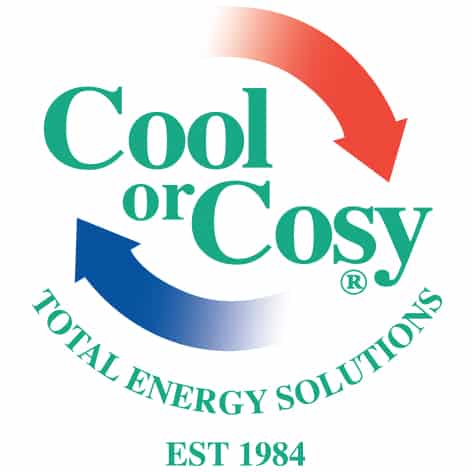Why the Tier 1 solar panel rating isn’t all it’s cracked up to be!
If you’re considering purchasing solar, the term ‘Tier 1 panels’ would most likely have been thrust at you to imply quality, performance and reliability.
However, this quarterly ranking by Bloomberg New Energy Finance is really just a measure of the manufacturer’s financial stability, based on the manufacturer having supplied at least six large scale, bank-financed projects in the previous two years.
It has nothing at all to do with quality of product.
In Australia, Tier 1 has become a powerful sales tool, but in many cases, deceptively used. Even when it’s use is correctly explained, just knowing a manufacturer is supplying large projects imparts a sense of security. Surely those companies buying the panels would only be seeking the best? And the manufacturer would only be making highest quality product? It’s these kinds of emotional leaps and assumptions that many people make before buying.
So, what kind of companies occupy Tier 1? As an aside, Bloomberg don’t publish a Tier 2 or 3 listing, so don’t be fooled by any references to them.
Nine out of 10 of the world’s largest manufacturers – all Tier 1 – are based in China. Collectively, they produce just over half of the world’s output. In 2017, China’s exports were 37.9GW while their own new installations totalled 53GW (respectively, the equivalent of over 143 million and 200 million standard panels).
How China got to this position so quickly is the result of their government’s commitment to developing solar manufacturing into a ‘strategic industry’ via its Five-Year Plans beginning in 2001. In the years following, while also calling for greater R&D, they heavily incentivised both sides of the transaction, offering loans to local manufacturers, tax credits to overseas companies to set up manufacturing plants, and generous feed-in tariffs.
This rapid growth has paid dividends for Australian consumers in recent years, concurrently producing a dramatic fall in solar panel prices, which in turn has stimulated demand.
In June 2019, the Chinese Government announced that it would be scaling back solar subsidies. Rapid uptake in their own country, particularly in rural areas, made it difficult to fund and build the transmission infrastructure needed to connect provincial solar farms and other large projects to the grid. It’s not uncommon to find instances where 30% of power produced is unused and unstored.
What this means is there’s likely to be another glut of solar panels dumped in Australia – and an accompanying rise in new installers looking to cash in. Now is the time to be wary and to do one’s homework to understand the testing regimes, ask about failure rates as well as the usual return on investment and performance questions.
Knowing that Tier 1 status is not all that it’s cracked up to be, looking outside this group is also imperative.
Companies like Tindo Solar, with rigorous in-house testing of every panel (not just a sample of each batch) have significantly lower failure rates than industry average. In the case of Tindo Solar’s world-class panels, the only ones made in Australia, the regime includes electroluminescence and flash testing, as well as a visual inspection. This results in a failure rate around 200 times lower than their competitors. Independent testing by consumer advocates Choice, recently named Tindo Solar panels as equal first in a field of 11 of the best known panels.
This focus on quality and local support has led to the industry’s most generous warranties. As well as a standard 25 year performance guarantee, Tindo Solar offers a 25 year product warranty on 295W and 300W Tindo Karra PERC mono-crystalline panels when they are purchased direct from Tindo Solar or Cool or Cosy and installed with Solar Analytics Monitoring.
1 Global solar photovoltaic module shipments ranking in 2017, Global Data, Power Intelligence Centre
2 China Photovoltaic Industry Association
